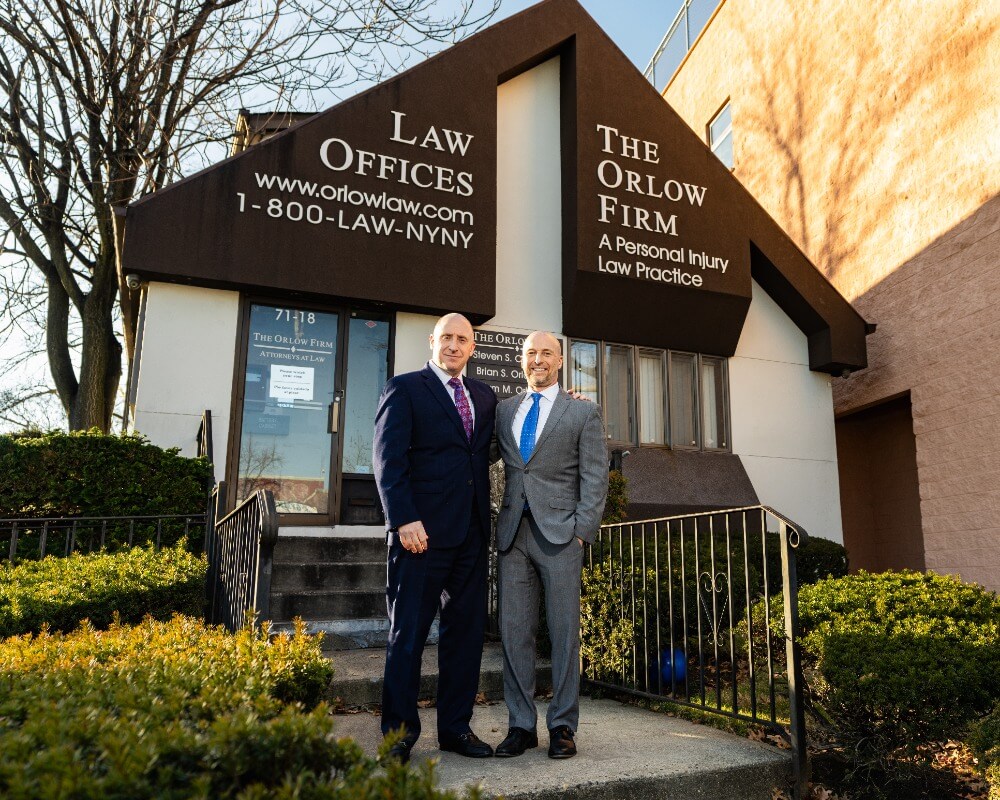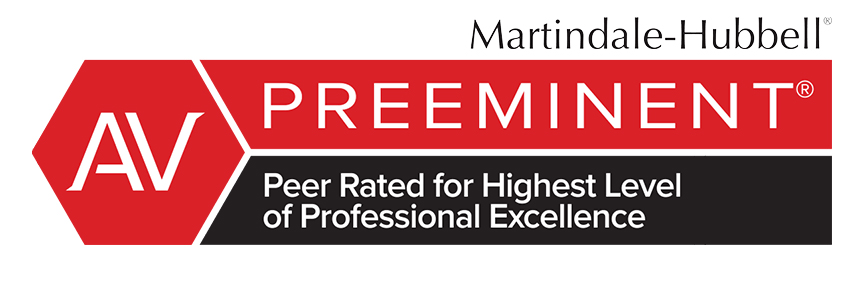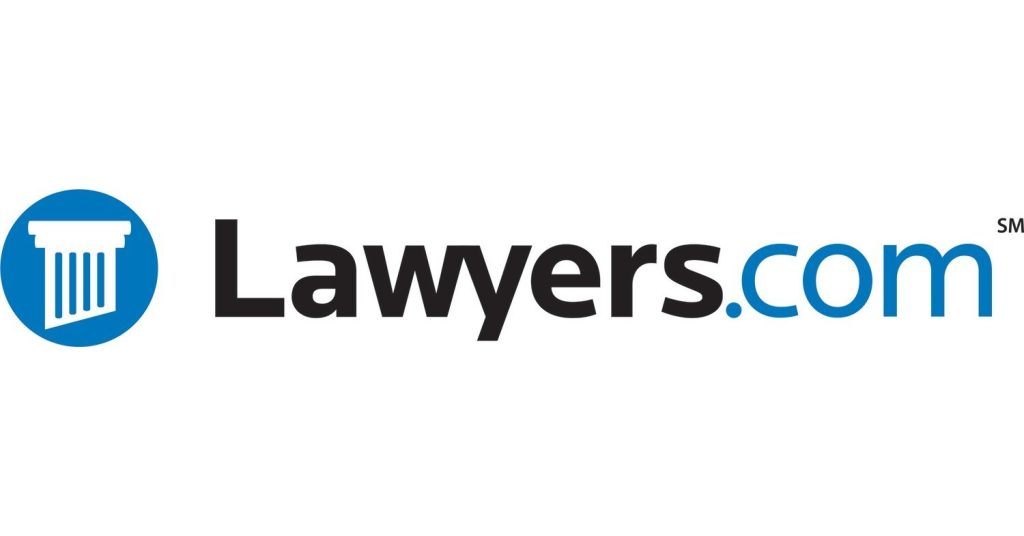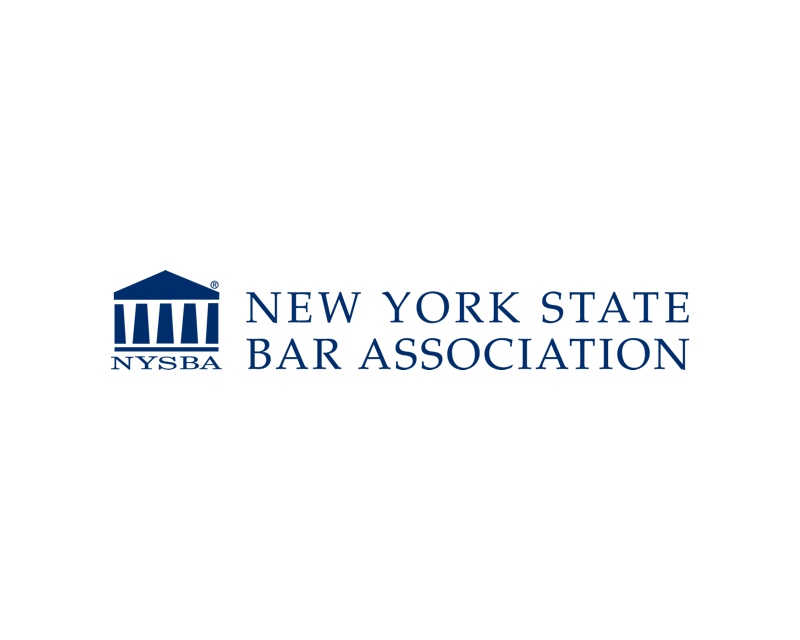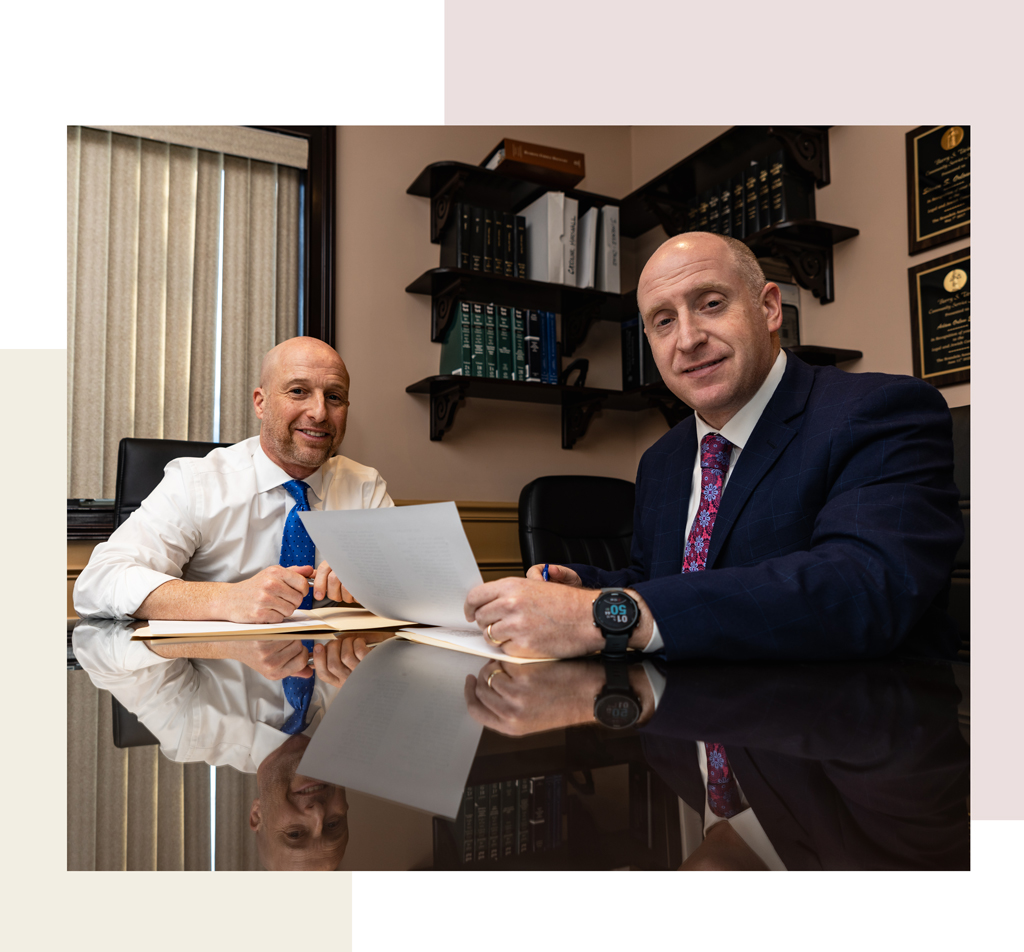The Following People Contributed to This Page
Cindy Cordova is a seasoned legal writer with over seven years of experience crafting clear, informative, and professional content for law firm websites. With a B.A. in English from Trinity Christian College, she combines her strong writing background with a deep understanding of legal topics to help firms connect with their clients through trustworthy and accessible content.
- May 27, 2025
What is NYCRR § 23-1.10?
NYCRR § 23-1.10 is part of the New York State Industrial Code and focuses on the safe condition and use of hand tools—both manual and power-operated—on construction, demolition, and excavation sites. The rule is designed to prevent injuries by setting clear standards for how tools should be maintained and used.
Key components of NYCRR § 23-1.10 include:
Unpowered Hand Tools:
Edged tools must be kept sharp and free from defects such as burrs, mushroomed heads, or cracked and loose handles. These conditions can make tools dangerous and increase the risk of accidents.
Power-Operated Hand Tools:
Tools must be disconnected from their power source before any repairs or adjustments are made. Hose line pressure should also be released, and tools must have a clearly accessible cut-off switch.
Electric and Hose Lines:
Lines used to power tools must be protected against damage and arranged to prevent tripping hazards and wear from abrasion.
Grounding:
Electrically powered hand tools must be properly grounded during use to reduce the risk of shock or electrocution. Ground wires must be securely connected to ensure safety.
NYCRR § 23-1.10: An Overview
NYCRR § 23-1.10 is a section of the New York State Industrial Code that sets safety standards specifically related to the condition and use of hand tools on construction, demolition, and excavation sites. This regulation falls under Part 23 of Title 12 of the New York Codes, Rules and Regulations (NYCRR), which is enforced by the New York State Department of Labor to promote safe working conditions in hazardous occupations.
While it is only a single paragraph long, § 23-1.10 plays a critical role in injury prevention. It requires that all hand tools—including hammers, chisels, and other manually operated equipment—be maintained in safe, sound, and operable condition. For example, cutting edges must be kept sharp, split or loose handles must be replaced, and tools with mushroomed heads must not be used.
These guidelines are not merely best practices—they are legal safety requirements. When violated, they can contribute to serious workplace injuries, and in some cases, may form the basis for a claim under New York Labor Law § 241(6), which allows injured workers to pursue damages when an Industrial Code rule is breached.
By ensuring that hand tools are properly maintained and safe to use, NYCRR § 23-1.10 helps reduce preventable accidents and upholds the right of construction workers to a safer work environment.
Key Provisions of NYCRR § 23-1.10 Explained
Although brief, NYCRR § 23-1.10 sets out several specific and legally enforceable safety standards that apply to the use of hand tools on construction sites. Understanding these provisions is essential for both workers and employers to maintain compliance and prevent injuries.
Here are the key requirements outlined in the regulation:
- Hand Tools Must Be in Good Condition – All hand tools must be maintained in a safe and sound condition. This means tools should not be broken, cracked, or otherwise compromised in a way that could endanger the user or others on the job site.
- Cutting Edges Must Be Sharp – Tools with cutting edges—such as chisels, hatchets, or axes—must have those edges sharpened properly. Dull tools require more force to use, increasing the risk of slipping and causing injury.
- Handles Must Be Secure and Intact – Handles that are loose, cracked, or split must be replaced. Damaged handles can break during use, leading to loss of control and potential accidents.
- No Mushroom-Headed Impact Tools – Tools like chisels and punches must not be used if the head has mushroomed. A mushroomed head is one that has spread out due to repeated striking. These deformations can break off and send metal fragments flying, putting workers at risk of eye or face injuries.
Each of these provisions is designed to address a specific and preventable hazard. When followed, these rules reduce the risk of injury from tool failure or misuse. When ignored, they not only endanger workers but also expose employers and contractors to potential liability under state law.
How NYCRR § 23-1.10 Impacts Construction Safety in NYC
Although it addresses only hand tools, NYCRR § 23-1.10 plays an important role in overall construction site safety across New York City. Hand tools are used daily on nearly every job site, and their condition can directly influence the risk of accidents.
- Preventing avoidable injuries. Tools with sharp edges, secure handles, and intact striking surfaces are less likely to fail during use. This reduces the likelihood of cuts, punctures, blunt force injuries, and flying debris—all of which are common causes of construction-related harm.
- Promoting a culture of safety. Enforcing even basic standards like those in § 23-1.10 sends a clear message that safety is a priority. Workers are more likely to inspect their tools, report defects, and follow protocol when they know these rules are actively enforced.
- Minimizing legal and financial risk. When employers or contractors ignore tool safety regulations, they may face fines from regulatory agencies, increased insurance costs, or legal claims from injured workers. Compliance with § 23-1.10 helps mitigate these exposures.
While it may seem minor compared to other safety regulations, this rule supports the broader framework of safe construction practices and is especially relevant in fast-paced, high-risk environments like those found throughout New York City.
Common Violations of NYCRR § 23-1.10 in New York City
Despite its simplicity, NYCRR § 23-1.10 is frequently violated on construction sites, often due to negligence, time pressures, or a lack of oversight. These violations may seem minor but can lead to serious injuries and legal consequences.
- Using tools with split or loose handles. One of the most common violations is allowing workers to use hand tools with damaged handles. These tools can break mid-use, causing loss of control and injury.
- Failing to sharpen cutting tools. Dull blades on tools such as hatchets, axes, or chisels require more force to operate, increasing the chance of slips or mishandling that can result in lacerations.
- Using mushroom-headed impact tools. Chisels and other striking tools that have not been properly maintained can develop mushroomed heads. These deformed edges may break apart when struck, sending metal shards flying.
- Ignoring routine inspections. Employers who fail to implement regular tool inspections are more likely to miss these hazards, putting their workers at ongoing risk and violating their legal obligations under the Industrial Code.
Identifying and correcting these issues is critical not only for compliance but for protecting the health and safety of everyone on the job site.
Understanding Compliance with NYCRR § 23-1.10
Compliance with NYCRR § 23-1.10 requires both workers and employers to ensure that hand tools are kept in proper working condition at all times. This isn’t just a best practice—it’s a legal obligation under New York’s construction safety regulations.
- Routine inspections. Employers should implement regular checks of all hand tools used on site. These inspections help identify worn-out handles, dull blades, or mushroomed heads before they pose a hazard.
- Proper maintenance protocols. Tools that show signs of wear must be repaired or replaced immediately. Simply taping a cracked handle or continuing to use a dull blade is not sufficient to meet the requirements of the code.
- Training and enforcement. Workers must be trained to recognize when a tool is unsafe and empowered to report or replace it. Site supervisors and safety personnel should actively enforce compliance to prevent tools from falling through the cracks.
By maintaining a proactive approach to compliance, employers can reduce injuries, avoid violations, and foster a safer work environment.
If you’ve been injured due to noncompliance with NYCRR § 23-1.10, call The Orlow Firm for a free consultation at (646) 647-3398.
Legal Rights Under NYCRR § 23-1.10 for NYC Workers
When an employer or contractor fails to comply with NYCRR § 23-1.10, and that failure leads to an injury, the injured worker may have legal options beyond workers’ compensation. Under New York Labor Law § 241(6), injured construction workers can bring a personal injury lawsuit if the injury resulted from a violation of a specific provision of the Industrial Code, including § 23-1.10.
- Third-party liability. Even if workers’ compensation prevents a direct lawsuit against an employer, you may still have a claim against a general contractor, property owner, or another responsible party if they failed to enforce tool safety on the job site.
- No need to prove negligence. In a Labor Law § 241(6) claim, you don’t need to prove that someone was negligent—only that a specific regulation, like § 23-1.10, was violated and that the violation caused your injury.
- Compensation beyond workers’ comp. These claims can allow you to recover damages for pain and suffering, lost future earnings, and other losses that are not covered under typical workers’ compensation benefits.
If you believe your injury was caused by a safety violation involving hand tools, contact The Orlow Firm at (646) 647-3398 for a free and confidential case evaluation.
How to Report a Violation of NYCRR § 23-1.10
If you observe unsafe hand tools being used on a construction site—such as those with dull blades, split handles, or mushroomed heads—you have the right to report these violations to protect yourself and others.
- Internal reporting. Start by notifying your supervisor or site safety officer if it’s safe to do so. Employers are legally required to maintain safe equipment and working conditions under New York law.
- Report to the New York State Department of Labor (NYSDOL). You can file a safety complaint with the Division of Safety and Health (DOSH), which enforces the Industrial Code. Complaints can be made anonymously or confidentially by phone or online through the NYSDOL website.
- File a complaint with OSHA. If the unsafe condition also violates federal safety standards or if you prefer a federal route, you can report the hazard to the Occupational Safety and Health Administration (OSHA). Complaints can be filed online, by mail, or by calling 1-800-321-6742 (OSHA). OSHA complaints may be filed anonymously, but named complaints requesting confidentiality are more likely to lead to an on-site inspection.
- Document what you see. Take photos if possible, record details about the unsafe tool or condition, and note the date and time. This documentation can be vital if you later pursue a legal claim or workers’ compensation case.
- Know your rights. Both federal and state laws prohibit retaliation against workers who report safety violations in good faith. You cannot be fired, demoted, or harassed for speaking up. Protections are provided under Section 11(c) of the OSH Act and New York Labor Law § 740.
If you’ve been injured due to an unsafe tool or safety violation, contact The Orlow Firm for a free consultation at (646) 647-3398 to explore your legal options.
The Role of NYCRR § 23-1.10 in Personal Injury Claims
NYCRR § 23-1.10 can play a significant role in personal injury claims arising from construction site accidents, particularly under New York Labor Law § 241(6). This law allows injured workers to bring a claim against contractors, owners (except for one- or two-family homeowners not directing the work), or other responsible parties when their injury was caused by a violation of a specific provision of the Industrial Code.
- Establishing liability. If a worker is injured due to the use of an unsafe hand tool—such as one with a split handle or mushroomed head—and that condition violates § 23-1.10, the violation itself may help establish liability without needing to prove negligence.
- Supporting third-party claims. Even if workers’ compensation limits your ability to sue your employer, you may still pursue a third-party personal injury claim against other parties responsible for maintaining safety on the job site.
- Enhancing the value of your case. Citing a clear violation of a specific Industrial Code rule like § 23-1.10 strengthens a personal injury claim by showing that the injury resulted from a preventable safety failure, not just an accident.
If you believe your injury was caused by the use of an unsafe hand tool in violation of NYCRR § 23-1.10, contact The Orlow Firm today at (646) 647-3398 for a free case evaluation.
Steps to Take if Injured Due to NYCRR § 23-1.10 Violations
If you’ve been injured on a construction site due to an unsafe hand tool—such as one with a damaged handle, dull blade, or mushroomed head—it’s important to act quickly to protect your health and your legal rights.
- Seek medical attention immediately. Your health is the top priority. Even if injuries seem minor, prompt treatment ensures proper care and creates a medical record linked to the accident.
- Report the incident. Notify your supervisor or employer about the injury and the condition of the tool involved. This step is important for both workers’ compensation and potential legal claims.
- Document the scene. If possible, take photos of the tool, the injury, and the surrounding area. Also, collect contact information for any witnesses.
- Preserve the tool. If the defective tool is still available, ensure it is not altered or discarded. It may be crucial evidence in proving your case.
- Contact an experienced attorney. A lawyer familiar with New York’s labor laws can determine whether a violation of NYCRR § 23-1.10 strengthens your claim and can help you pursue compensation.
Don’t wait—if you’ve been injured due to a safety violation involving hand tools, call The Orlow Firm at (646) 647-3398 for a free consultation and to learn more about your options.
How The Orlow Firm Advocates for Victims of NYCRR § 23-1.10 Violations
At The Orlow Firm, we understand how something as simple as a defective hand tool can lead to life-changing injuries. When these injuries occur due to violations of NYCRR § 23-1.10, we work tirelessly to hold all responsible parties accountable under New York law.
- Comprehensive investigations. Our legal team conducts detailed investigations to determine whether unsafe tools were involved and whether there was a clear violation of the Industrial Code. We gather photographic evidence, witness statements, and inspection records to build a strong case.
- Pursuing Labor Law § 241(6) claims. We use the violation of NYCRR § 23-1.10 as a basis to pursue third-party personal injury claims on behalf of injured workers. These claims can lead to compensation for pain and suffering, lost earnings, medical bills, and more.
- Standing up to insurance companies. Insurers often try to minimize or deny claims. We know how to counter their tactics with facts, legal strategy, and a deep understanding of New York construction law.
- Treating clients like family. You’re not just a case number to us. We prioritize clear communication, honest guidance, and personal attention at every stage of your case.
If you or a loved one has been hurt due to a violation of NYCRR § 23-1.10, contact The Orlow Firm at (646) 647-3398 to speak directly with an experienced attorney today.
Frequently Asked Questions About NYCRR § 23-1.10
- What does NYCRR § 23-1.10 cover?
This regulation addresses the safety and maintenance of hand tools used on construction sites. It requires tools to be in good condition, with sharp cutting edges, secure handles, and no mushroomed striking surfaces. - Who is responsible for enforcing NYCRR § 23-1.10?
Employers, contractors, and site supervisors are responsible for ensuring that all hand tools meet the safety standards outlined in the regulation. The New York State Department of Labor enforces these rules through inspections and penalties. - Can a violation of § 23-1.10 support a personal injury lawsuit?
Yes. If you’re injured due to a violation of this rule, you may have a valid claim under New York Labor Law § 241(6). This allows workers to pursue damages when an injury results from a breach of a specific Industrial Code provision. - What are common examples of violations?
Common violations include using tools with split or loose handles, dull cutting edges, or mushroomed heads—all of which are prohibited under § 23-1.10. - Do I need a lawyer to file a claim based on this rule?
While not required, having an experienced construction accident attorney significantly improves your chances of recovering full compensation. These claims can be complex and require strong evidence and legal arguments.
Have more questions? Call The Orlow Firm today at (646) 647-3398 for answers and a free, no-obligation consultation.
Contact The Orlow Firm Today
Even small safety violations can lead to serious consequences on a construction site. NYCRR § 23-1.10 may be brief, but it carries real weight—requiring employers and contractors to maintain hand tools in safe, operable condition. When this standard is ignored, workers are put at unnecessary risk, and injuries that could have been prevented may occur.
If you’ve been hurt because of a defective or improperly maintained tool, you may be entitled to compensation under New York Labor Law § 241(6). Holding negligent parties accountable not only helps you recover financially but also promotes safer working conditions for everyone in the industry.
At The Orlow Firm, we’re committed to fighting for injured construction workers throughout New York City. We know the law, we know your rights, and we know how to get results.
To learn more about how we can help, call (646) 647-3398 for a free and confidential consultation.
The Following People Contributed to This Page
Cindy Cordova is a seasoned legal writer with over seven years of experience crafting clear, informative, and professional content for law firm websites. With a B.A. in English from Trinity Christian College, she combines her strong writing background with a deep understanding of legal topics to help firms connect with their clients through trustworthy and accessible content.


